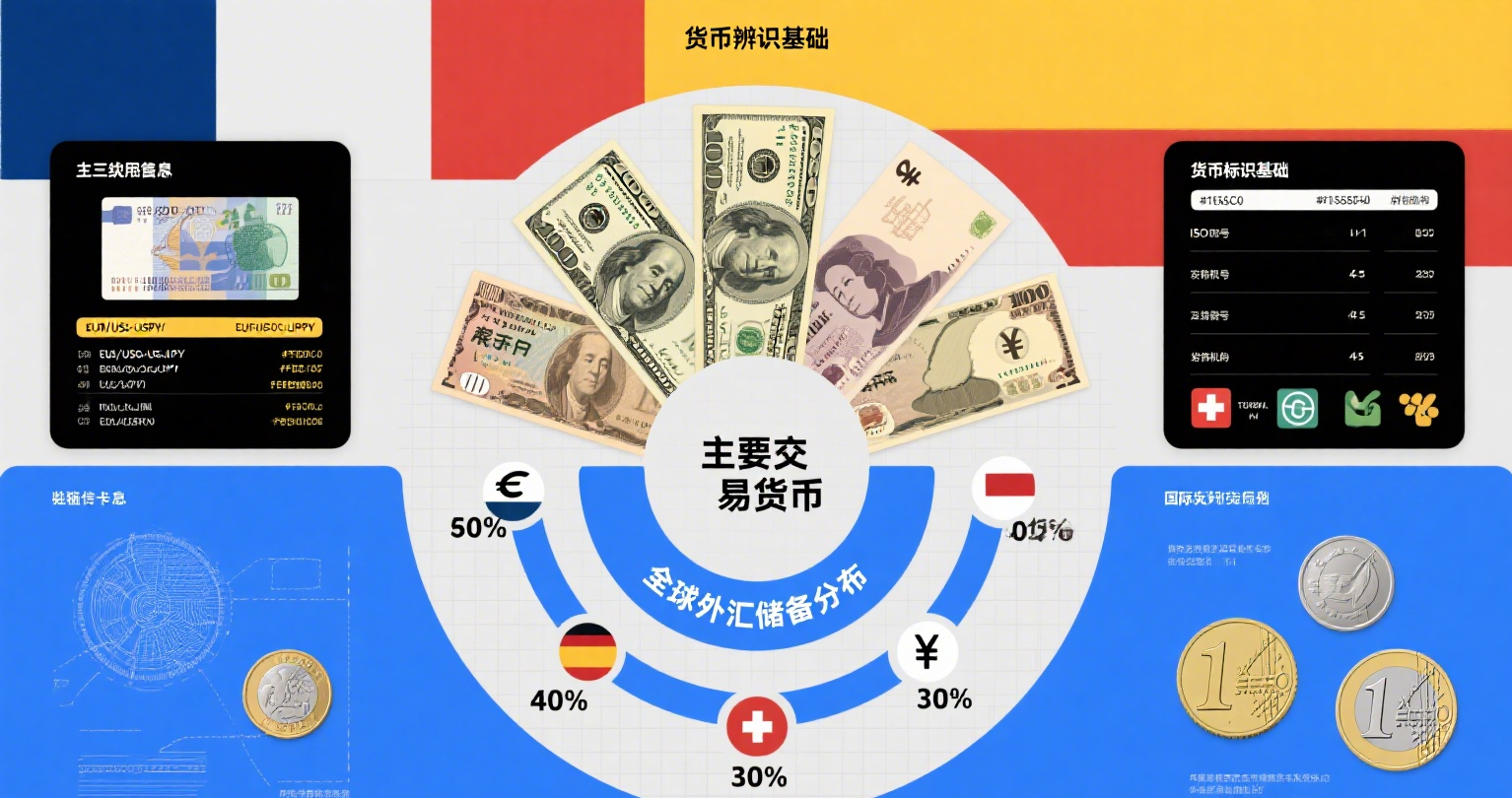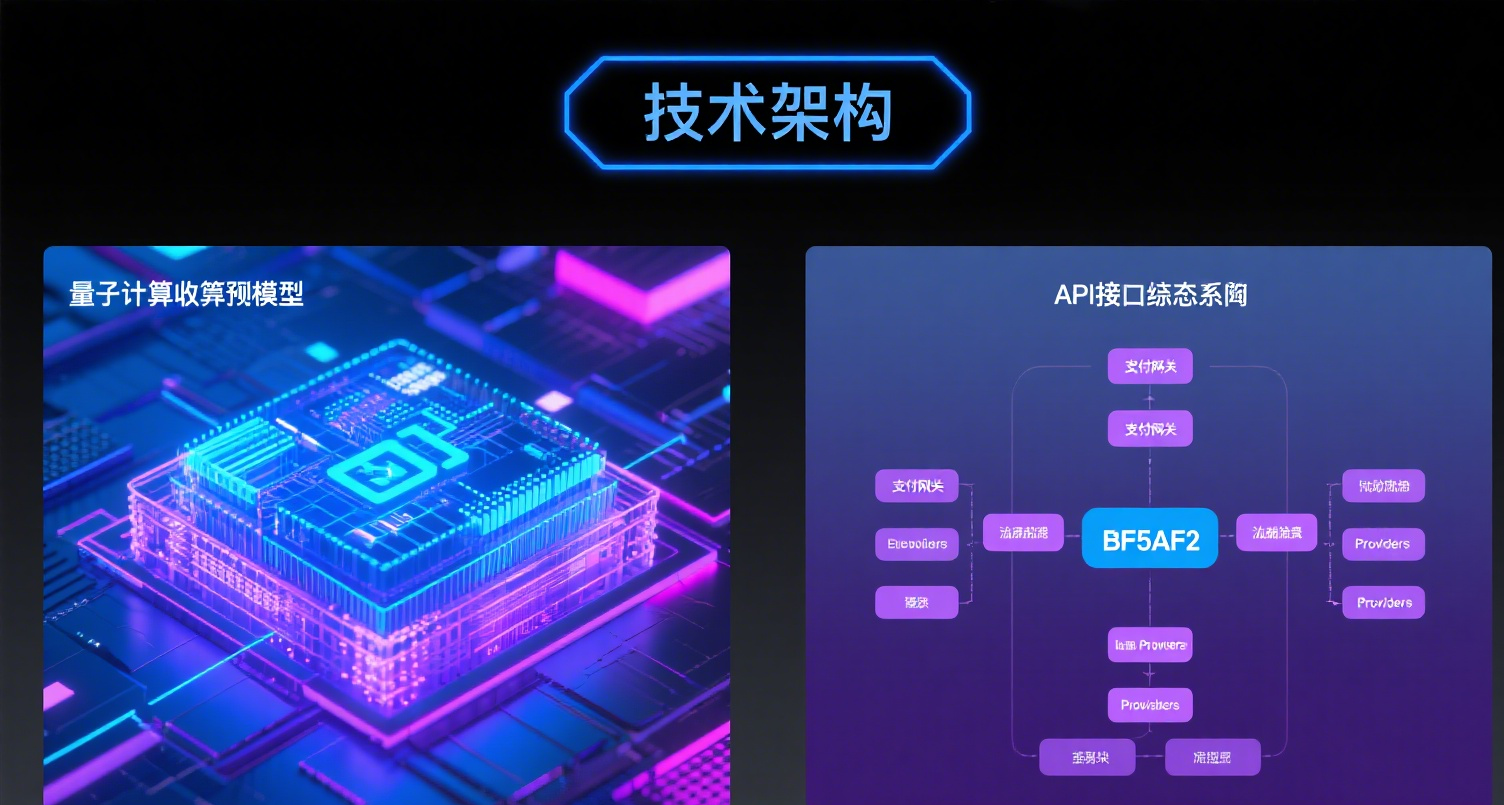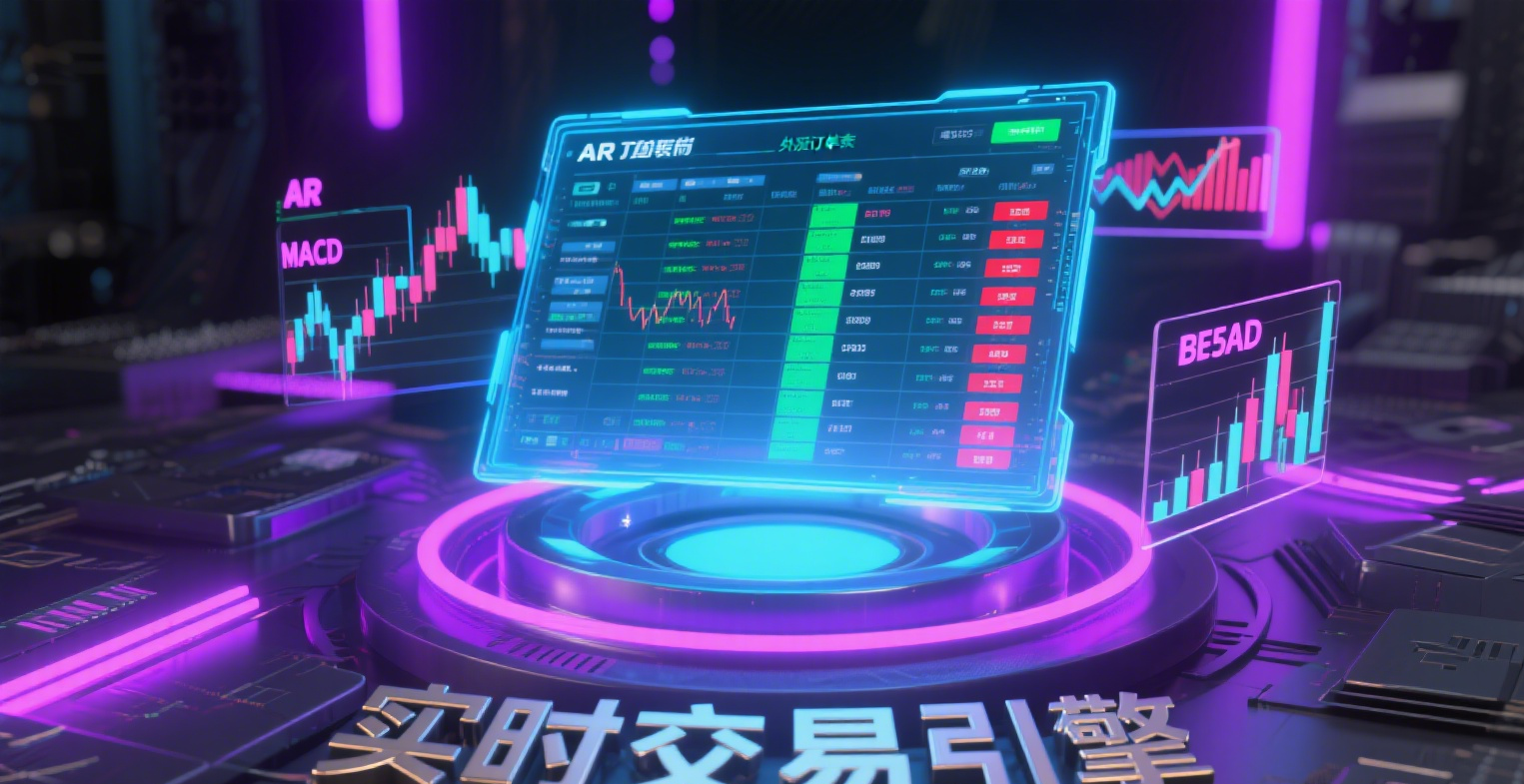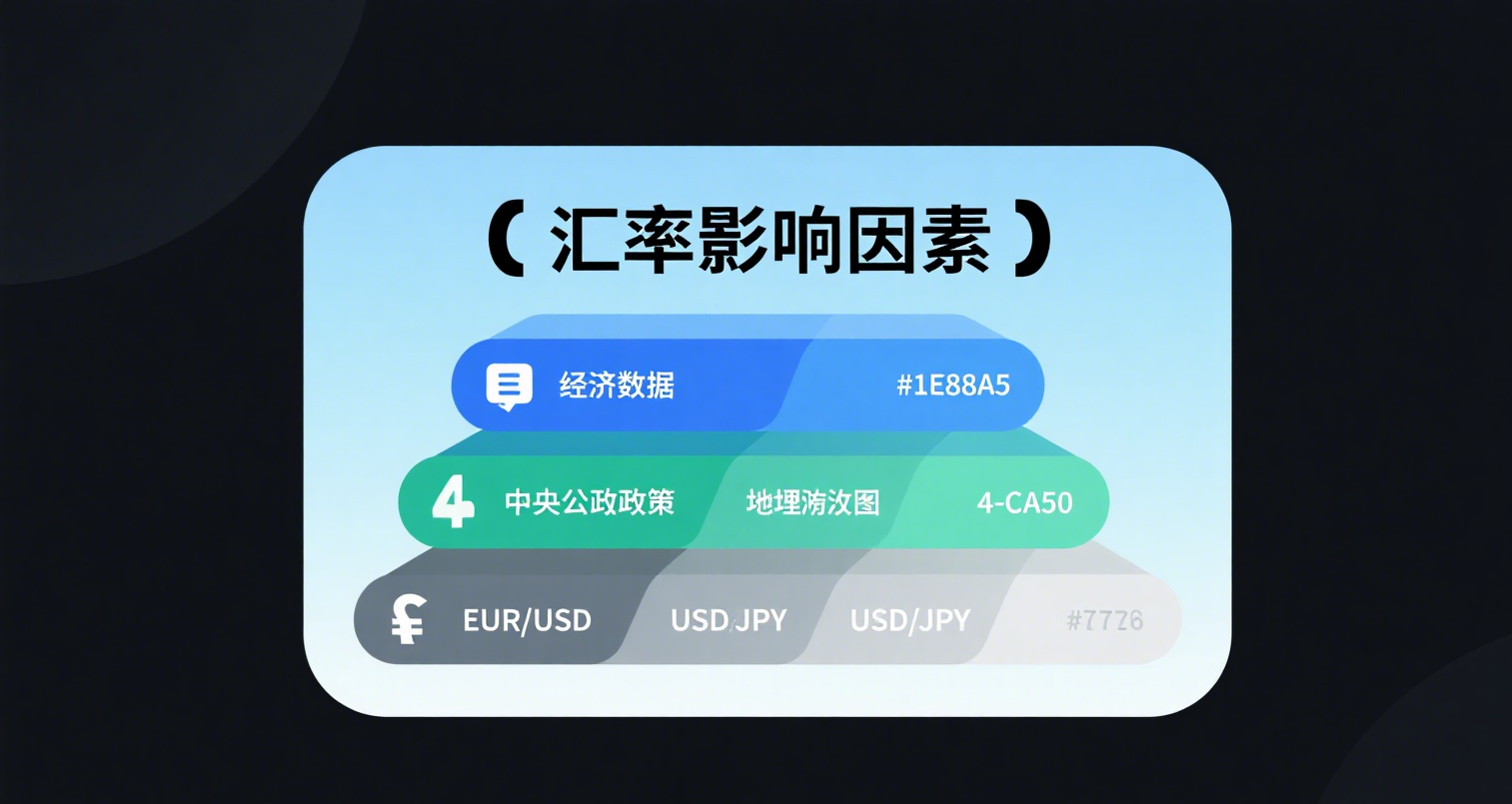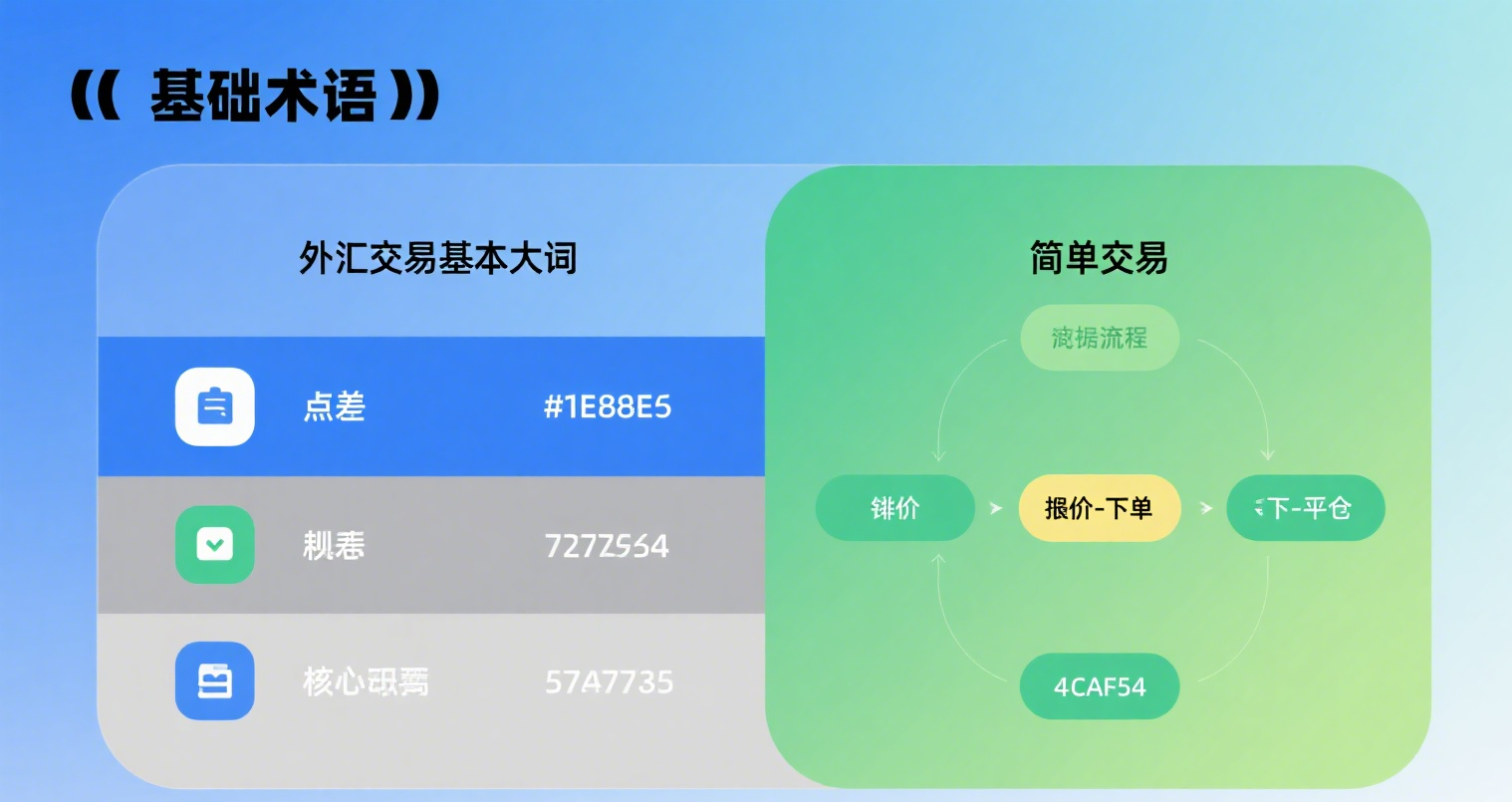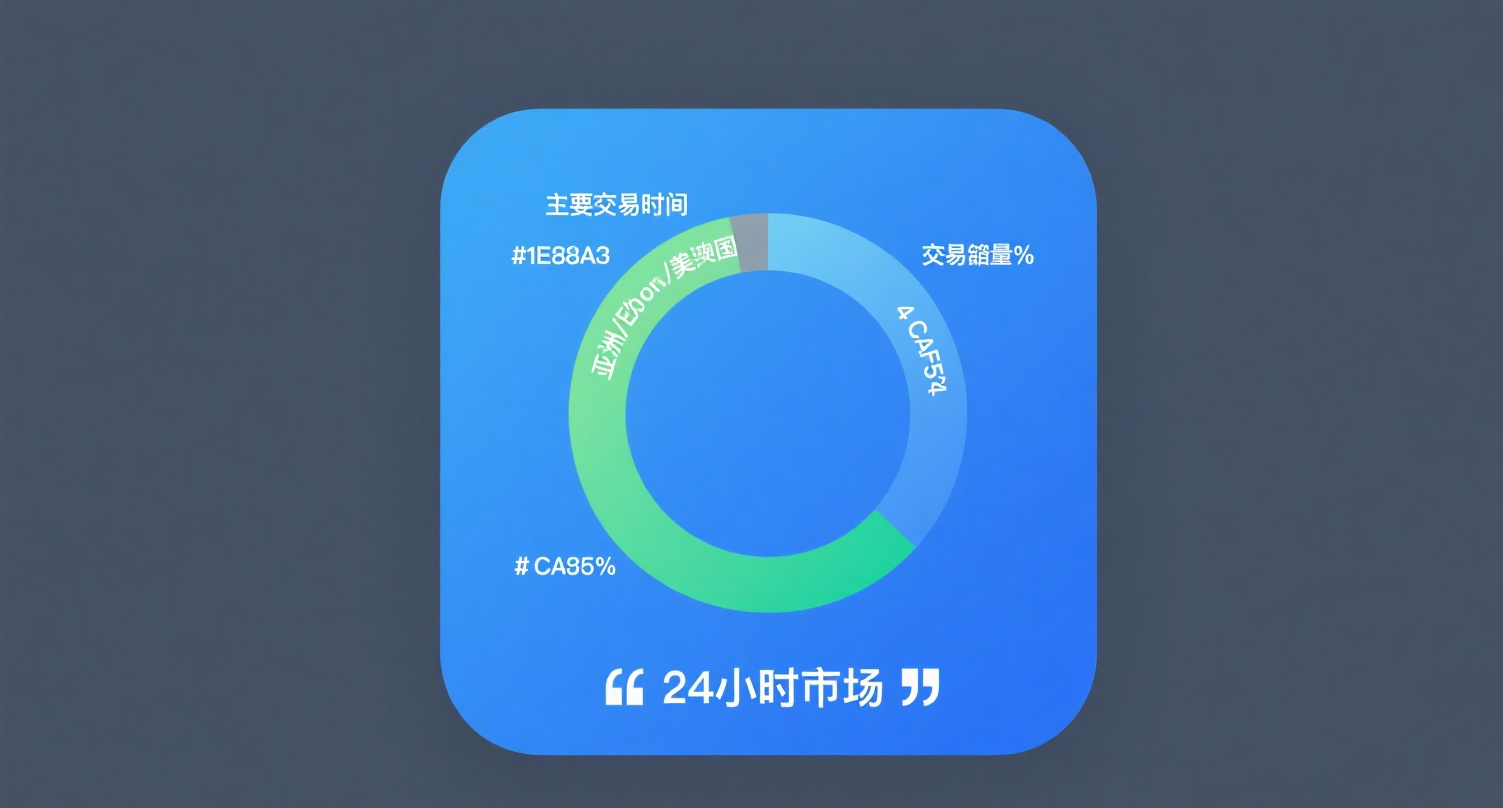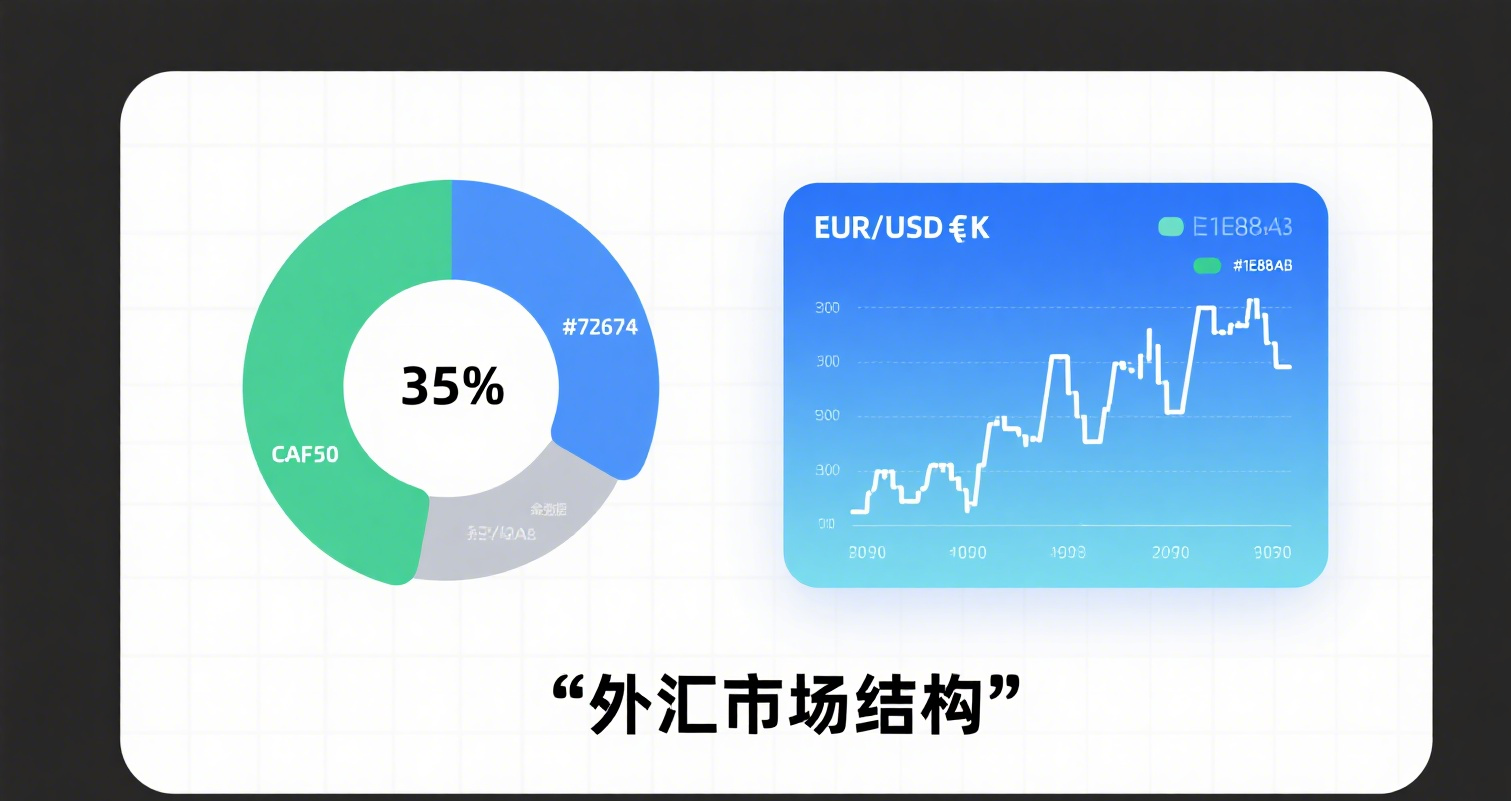
What is the Quick Ratio?
The quick ratio refers to the ratio of a company's quick assets to its current liabilities. What are quick assets? Literally, they are assets that can be quickly liquidated, meaning those that can be rapidly converted into cash. These mainly include cash, short-term tradable securities, notes receivable, accounts receivable, and other items. It measures a company's ability to use its liquid assets to immediately cover its current liabilities.
Quick Ratio = Quick Assets ÷ Current Liabilities
= (Current Assets - Inventory - Prepaid Expenses - Deferred Expenses) ÷ Current Liabilities
When calculating the quick ratio, inventory is deducted from current assets because its liquidation within current assets is uncertain. For some companies, inventory includes raw materials and finished goods. Raw materials need to be processed into goods before they can be sold, resulting in a longer liquidation cycle. Finished goods, influenced by market factors, may face slow sales or overstocking, making their liquidity uncertain.
Prepaid expenses and deferred expenses are already paid out and only reduce future cash flow; they do not have liquidation value. Thus, they should theoretically also be deducted. However, if their proportion in current assets is small, they may be excluded when calculating quick assets.
How to Analyze the Quick Ratio?
For example, XYZ Company has current assets of 500 at the beginning of the year, inventory of 300, and current liabilities of 300. The quick ratio at the beginning of the year is: (500-300)/300=0.67. At the end of the year, current assets are 600, inventory is 200, and current liabilities remain 300. The year-end quick ratio is: (600-200)/300=1.33.
The quick ratio is neither "the higher, the better" nor "the lower, the better." A quick ratio of 1:1 is generally considered normal, indicating that the company has 1 yuan of easily liquidated assets to cover every 1 yuan of current liabilities, ensuring reliable short-term solvency. A quick ratio that is too low suggests higher short-term solvency risk, while a ratio that is too high means the company has excessive funds tied up in quick assets. Although this ensures high repayment security, it may also increase opportunity costs due to excessive cash and accounts receivable, potentially indicating inefficient use of capital.
Some companies may have a quick ratio greater than 1, but if most of their quick assets are accounts receivable, it does not necessarily mean strong solvency. The collectability of accounts receivable is highly uncertain, and there may be many bad debts. Therefore, when evaluating the quick ratio, the quality of accounts receivable should also be analyzed.







